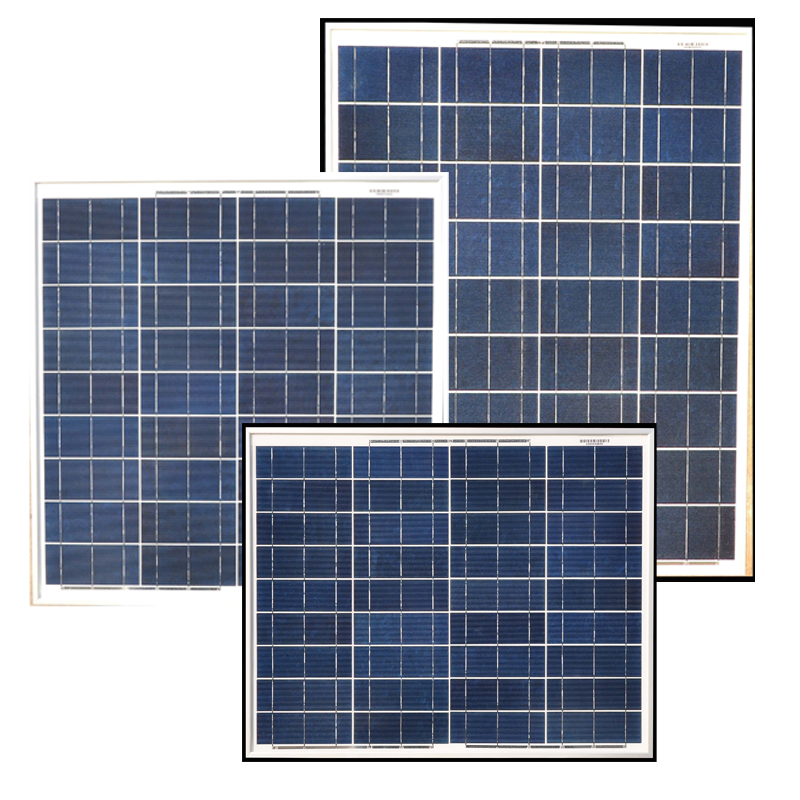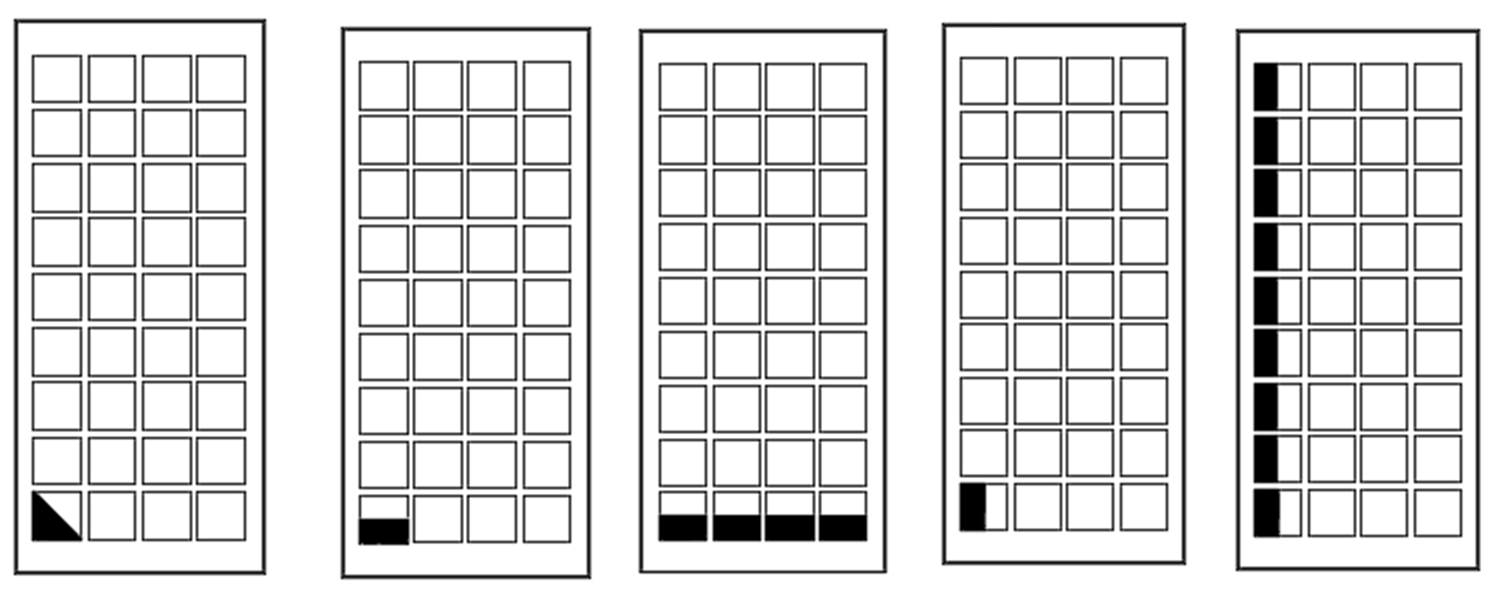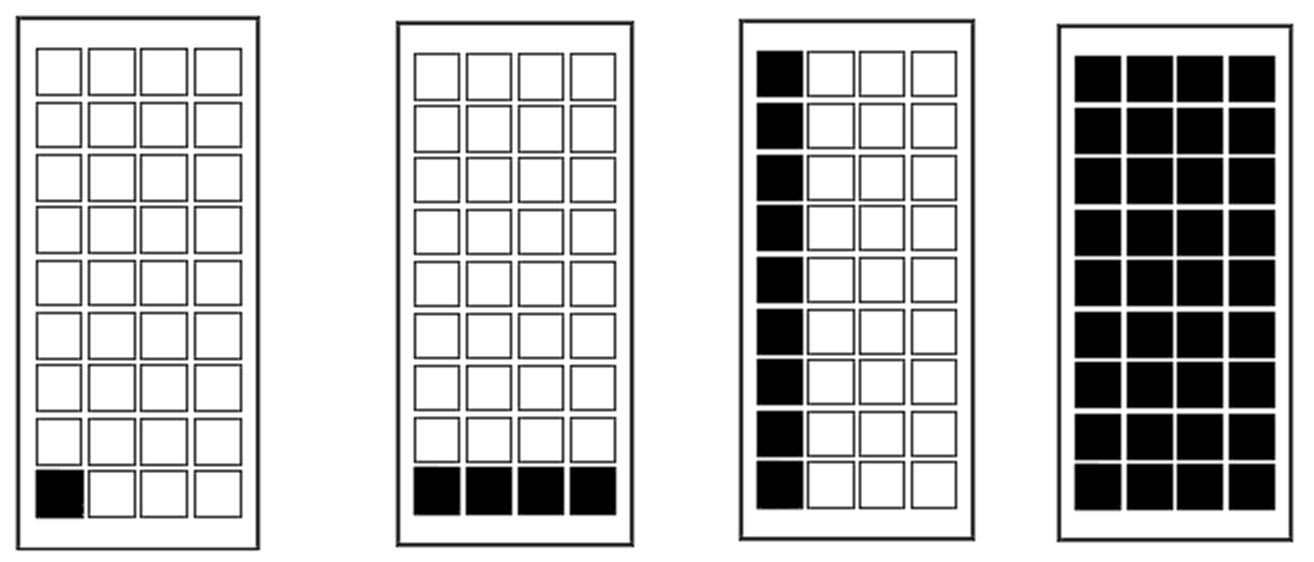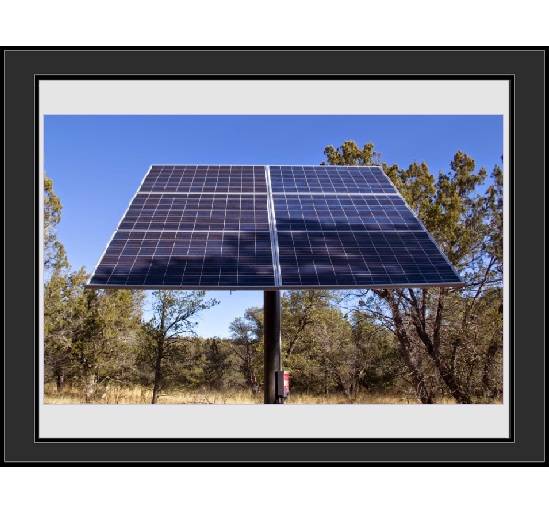Shading Effects on Photovoltaic Modules
The following discussion on the shading effects of Photovoltaic modules applies only to single and multi-crystalline silicone modules, and does not apply to thin-film modules.
PV Basics
Photovoltaic modules consist of a number of photovoltaic cells wired in series. Typically 36 cells for a nominal 12VDC module and 72 cells for a 24VDC module.
Each photovoltaic cell produces approximately 0.5VDC. So a 36 cell module will produce approximately 18VDC at peak power as all of the 36 cells are wired in series.

- In electrical systems, wiring devices in series increases the voltage. The voltages are added while current remains the same.
- Conversely, wiring devices in parallel increases the current. The currents are added while the voltage remains the same
Therefore, wiring photovoltaic modules in series increases the output voltage and wiring them in parallel increases the output current. The output voltage of a module varies little in sunlight conditions. If there is sufficient sunlight there is an output voltage, and it varies little with sunlight intensity. However, the photovoltaic module output current is completely dependent on the amount of sunlight the surface of the solar module is receiving. Because of these factors, and the way solar modules are wired, shading on individual solar cells has a profound impact on performance – something that can have a major adverse affect your project if you’re not designing and installing your array correctly.
PV Shading
Because the photovoltaic module output current is completely dependent on the amount of sunlight and varies linearly with the sunlight conditions available, shading considerations are extremely important when designing and siting the location of your array installation.
As an example: if a solar module produces 8 Amps of current under STC [Standard Test Condition: Irradiance 1000 W/m², Module Temperature 25 °C, AM 1.5], it will produce 4 Amps current with an irradiance of 500 W/m².
Because the cells of a solar module are wired in series, the maximum output current is dependent on the weakest cell, as the current is the same through each cell. The module maximum output current is dependent on the maximum current available from the weakest cell. Therefore, if a single cell in a photovoltaic module is shaded, the output current from the entire module goes to zero.
If any part of cell is shaded, the output current from the photovoltaic module is reduced by the proportional amount that the cell is shaded.
PV Shading Effects Example – 50% Reduction
Below are examples of shading that will reduce the module output current by 50%

PV Shading Effects Example – 100% Reduction
Below are examples of shading that will reduce the module output current by 100%



